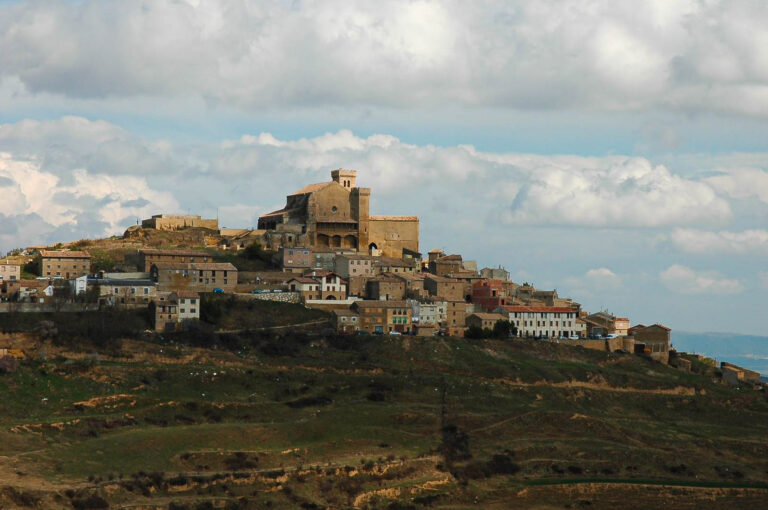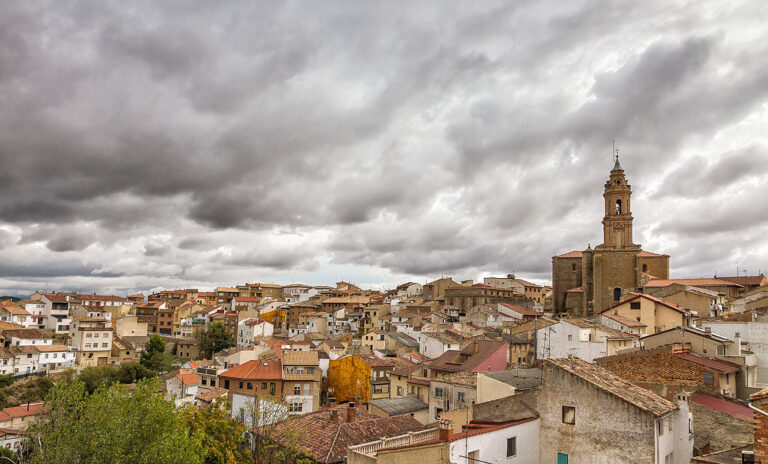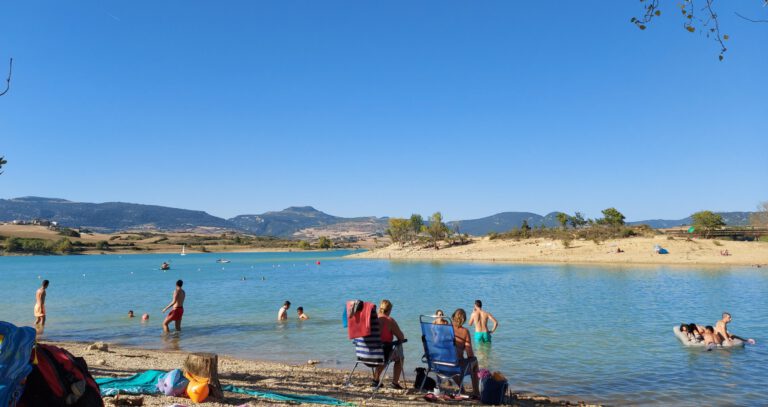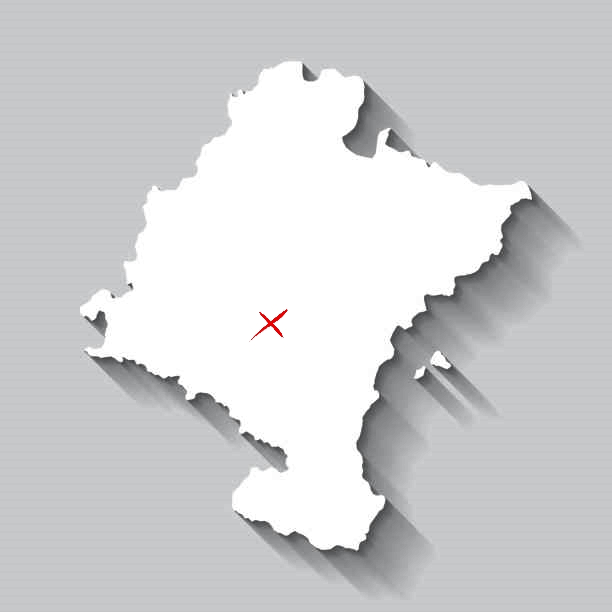Artajona is a small village completely surrounded by medieval towers and fortified walls, known as El Cerco de Artajona (“The Walls of Artajona”). This wall was built in the 11th century. It forms one of the most important defenses of medieval Navarre that still exists today. A trip to Navarre is not complete without a visit to Artajona. Other important defenses near Artajona are the Castle of Olite and the fortress of Ujué. Located a little further, 66 kilometers away, there is the Castle of Javier, which also played an important role in the defense of Navarre.
Originally, this wall consisted of 17 towers, of which 9 are still standing. It served as protection for the Kingdom of Navarre against numerous annexation attempts by Castile. The Kingdom of Castile was one of the most important kingdoms in Spain during the Middle Ages. Furthermore, this wall helped Artajona become an independent kingdom between 1153 and 1158.

What to see in Artajona
Artajona houses besides the Cerco and the winding medieval streets several other notable buildings. One of these notable structures is the Church of San Saturnino, which was built in the 18th century. This church is unique because it is the only one in the world where the bells are rung backwards. Since 1896 it has also been a tradition in Navarre that all the bell-ringers of Navarre have once rang the bells of Artajona.
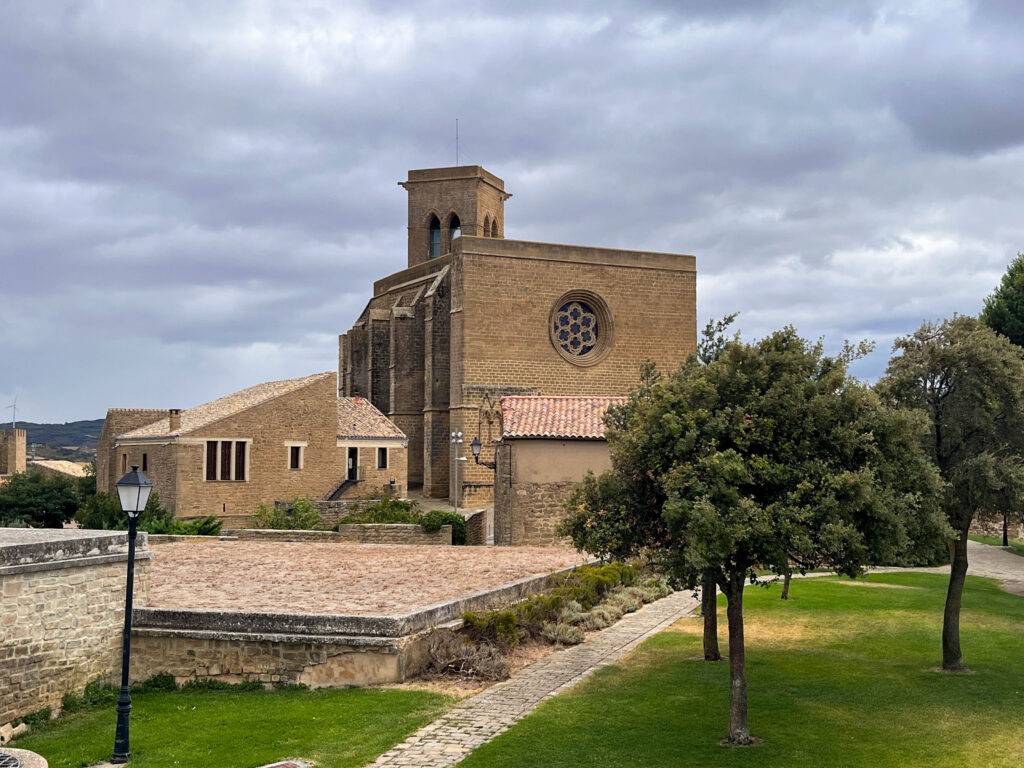
The church is located at the highest point of the village and offers views over the whole village. From the Church of San Saturnino, the other church in the village is visible, namely the Church of San Pedro.
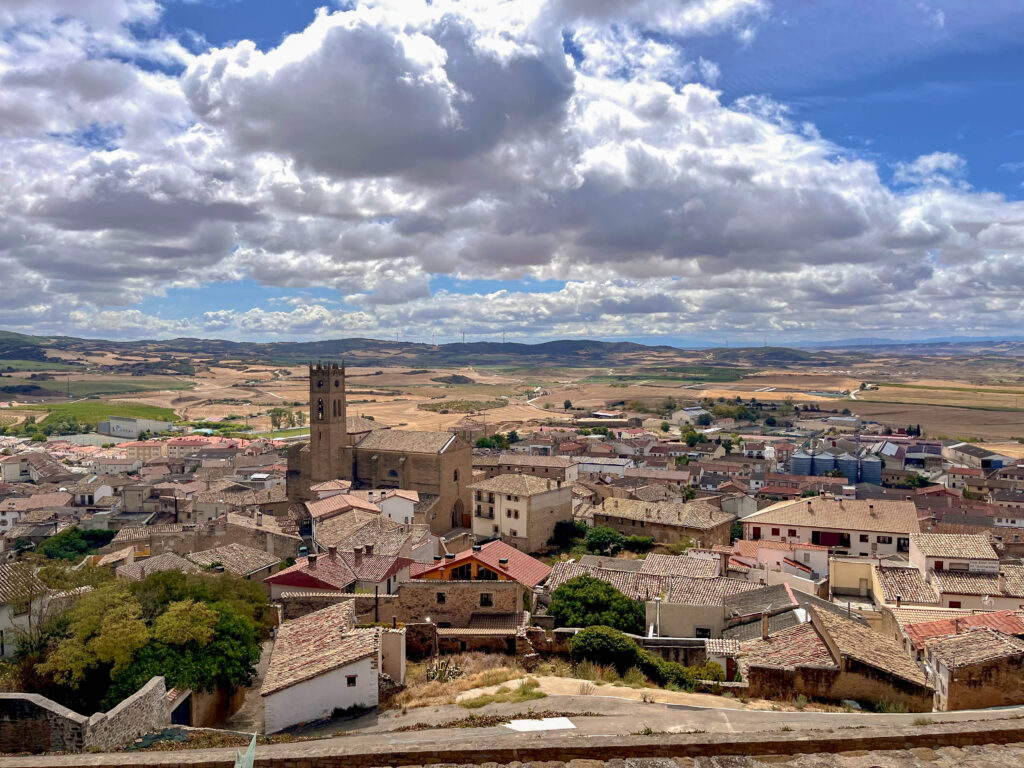
Just outside Artajona, in the northern part of the city near the Church of San Saturnino, is the Basílica de Nuestra Señora de Jerusalén (“Basilica of Our Lady of Jerusalem”), built between 1709 and 1714. Entering the basilica, you can admire a Romanesque statue of the Virgin of Jerusalem. This virgin is the patron saint of Artajona. This statue is striking because of its modest size. To visit the statue of the patron saint of Artajona, the monks who live in an adjacent building usually grant the key to access this basilica.
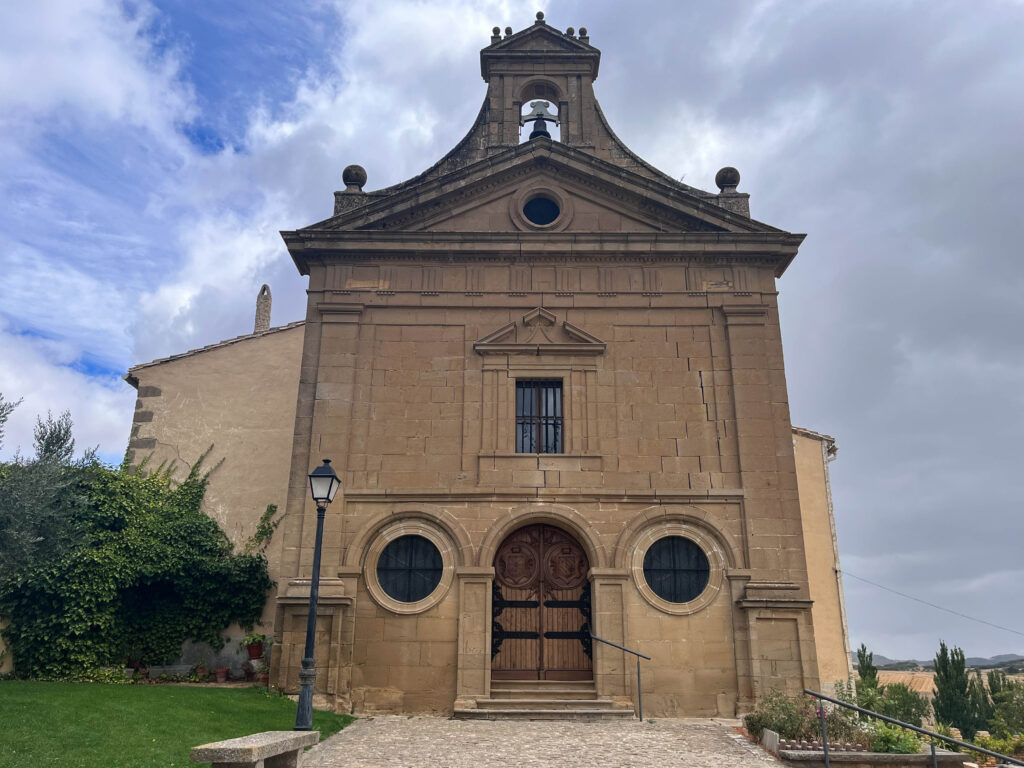
What to do in Artajona
In addition to historic buildings, this village offers a free escape room for entertainment with the whole family called El secreto de Artajona (“The Secret of Artajona”). This escape room can be played via your smartphone. This game takes you through the most important places and sights of Artajona. It starts at the bottom of the village, after which it takes you through the most important streets and buildings. The disadvantage is that this escape room is only available in Spanish. Therefore, it is necessary that someone can understand Spanish to participate.
At the end of August, Artajona organizes a unique event that brings the village back to the Middle Ages. The inhabitants dress in clothing that was worn in the Middle Ages. There are various activities to do during this event. For example, visitors can taste all kinds of typical Navarrese products in the craft markets. There are also falconry shows, an exhibition with knights on horseback carrying medieval lances and various guided tours.
Dolmens
At just 4 kilometers from Artajona, there are the dolmens of Portillo de Eneriz and of Mina de Faranagortea. These are two rare prehistoric examples of Bronze Age gallery tombs with perforated doors, a specific funerary architecture characteristic of several regions around the western Mediterranean.




